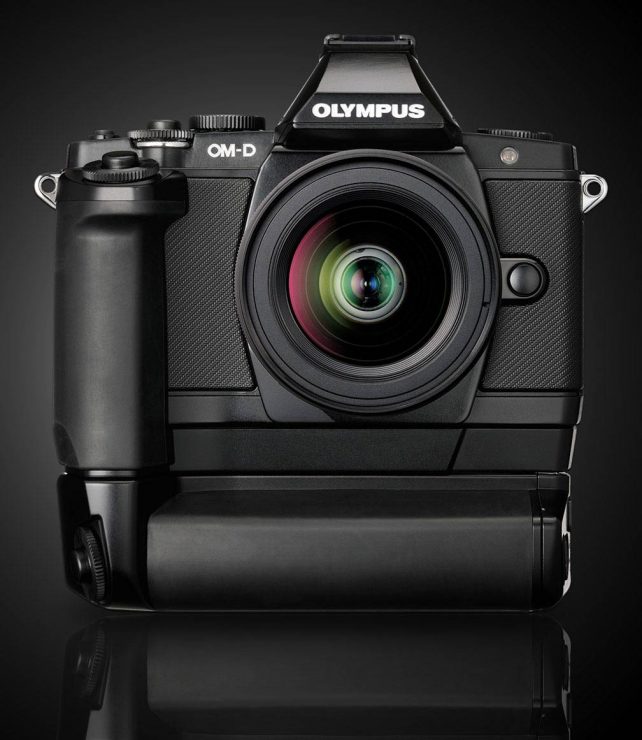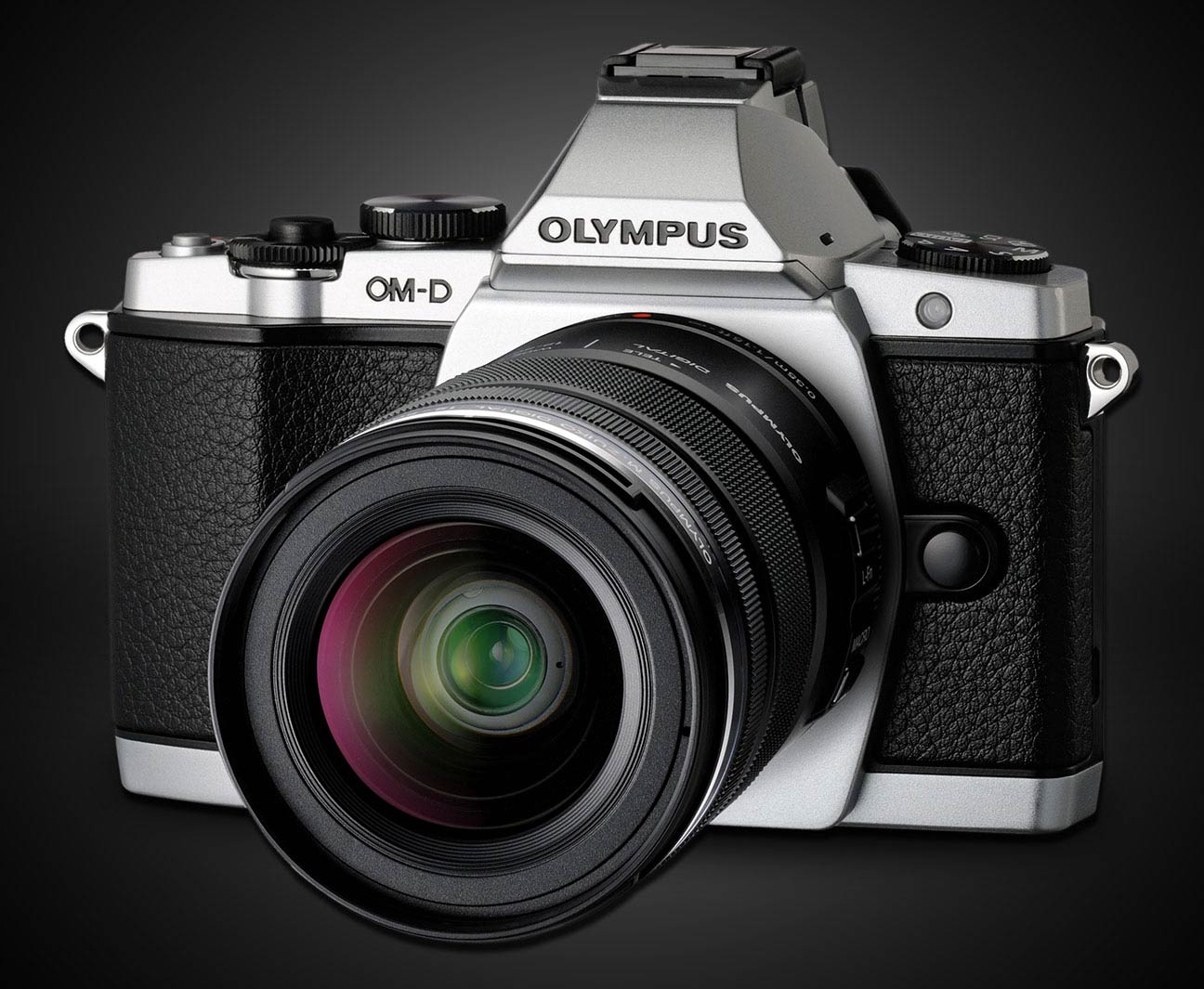Olympus Micro 4/3 Body is Fast, Compact and Retro
Olympus has had a hard year, so I was pleased to discover this morning that the company is still capable of producing a news-worthy item that doesn’t relate to an executive scandal. The E-M5 is the first model in the new Olympus OM-D line and the latest in a flurry of digital cameras that have been announced this week. Of course, the body does not contain a large, APS-C sensor, like the spectacular new Fujifilm X-Pro 1, but its retro styling and impressive feature set make it worthy of at least a few minutes of our attention.

The camera is, by all appearances, a small SLR— and what’s more, it behaves like one. Olympus claims that the camera focuses faster than any other interchangeable-lens camera in the world… faster than the Nikon D3s or Canon 1D Mark IV… a bold claim indeed. Furthermore, the camera can shoot its 16 megapixel images at 9 frames per second, or 4.2 with continuous auto-focus enabled, and if that isn’t enough, it has the world’s first 5-axis image stabilization system built into the body. Shutter speed, ISO range, flash sync, and video capabilities are all on par with (or at least very close) to comparably priced SLRs.
All of this is packed into a robust magnesium body that is dust-proof, “splash” proof, and only 4.76″ wide, 3.6″ tall, and 1.6″ thick. If you enjoy retro styling, the E-M5 is available in a silver finish with black, leather textured grips, but if you’d prefer something more discreet, a slightly more modern black finish is also available. Of course, being a micro 4/3 camera, the SLR appearance is only skin deep. The hump on top of the camera does not house a prism or mirror, but a 1.44 million pixel electronic viewfinder, which is supplemented by a swivel-screen LCD.
Both body styles are expected to start shipping at the end of March with a street price of $999 (body only) and bundled with lenses for $1099 (14-42mm) or $1299 (12-50mm).




